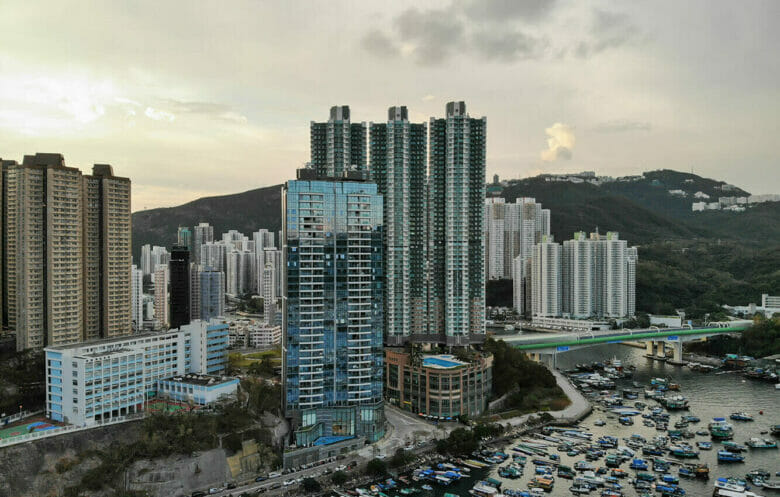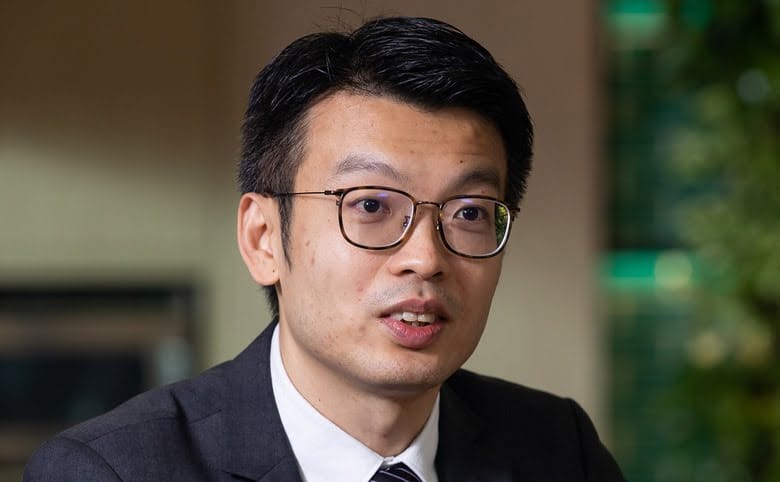
The primary market saw 1,275 transactions during the nine days after curbs were scrapped (Getty Images)
Mainland Chinese buyers account for 70 percent of primary market sales of Hong Kong luxury homes worth at least HK$30 million ($3.8 million) since the removal of cooling measures last month, up from less than 50 percent before the curbs were scrapped, according to JLL.
The primary market recorded 1,275 transactions within just nine days of the removal of the cooling measures, reversing the wait-and-see stance prevalent before, the consultancy said in its residential Market Monitor report.
Recent sales at new projects have seen an increase in mainland Chinese buyers — who account for the highest proportion of buyers at new luxury projects — and JLL expects primary market sales to remain robust in the second quarter as demand strengthens.
“With the addition of the Top Talent Pass Scheme, there has been a significant increase in the number of mainland Chinese buyers in the primary market and these buyers are expected to remain active in the market,” said Norry Lee, senior director of projects strategy and consultancy at JLL in Hong Kong. “However, non-local buyers have yet to return in full force due to the heightened foreign exchange restrictions, the rigours of mortgage applications, and the property viewing process.”
Boosting Finished Projects
On 28 February, Hong Kong financial secretary Paul Chan announced the rollback of all taxes on residential property transactions in an effort to put a floor under a protracted housing slump that has seen home prices slide to seven-year lows.

Norry Lee, senior director of projects strategy and consultancy at JLL in Hong Kong
The government scrapped three types of stamp duties on home sales, reversing a series of cooling measures put in place starting from 2010 that aimed to curb housing speculation in the Asian financial hub.
Of the 1,275 transactions recorded in the primary market from 29 February to 8 March, 628 were for homes at completed projects, signalling active participation of end-users, JLL said.
The agency attributed the recent surge in sales to two key factors: accumulated price correction and pent-up demand.
With pricing at some projects now roughly 30 percent below the comparable 2021 level, properties have become more accessible to cash-rich buyers. Furthermore, every 1,000 additional domestic households yielded 542 primary transactions on average between 2012 and 2021, but the figure dropped to 466 in the past two years.
“Should this figure return to its long-term average, the resulting liberation of pent-up demand could equate to an additional 3,500 primary transactions,” the report said.
High Rates Still the Rule
Despite the hopeful signs, it’s too early to tell whether the removal of cooling measures will provide long-lasting support for the housing market, said Cathie Chung, senior director of research at JLL in Hong Kong.
“While the consensus is that lifting cooling measures will eventually buoy home prices, the immediate future still sees them contending with high mortgage rates,” Chung said. “The housing market is not without its lingering clouds: the local economic growth was below expectation; external challenges remain; and the negative equity still haunts property investors.”
Given that the relaxed measures offer limited direct benefits for typical local end-users who form the backbone of demand — except for the suspension of the mortgage stress test, which cuts income requirements by 4.3 percent — JLL is maintaining a cautious view on the market outlook, she said.
Leave a Reply